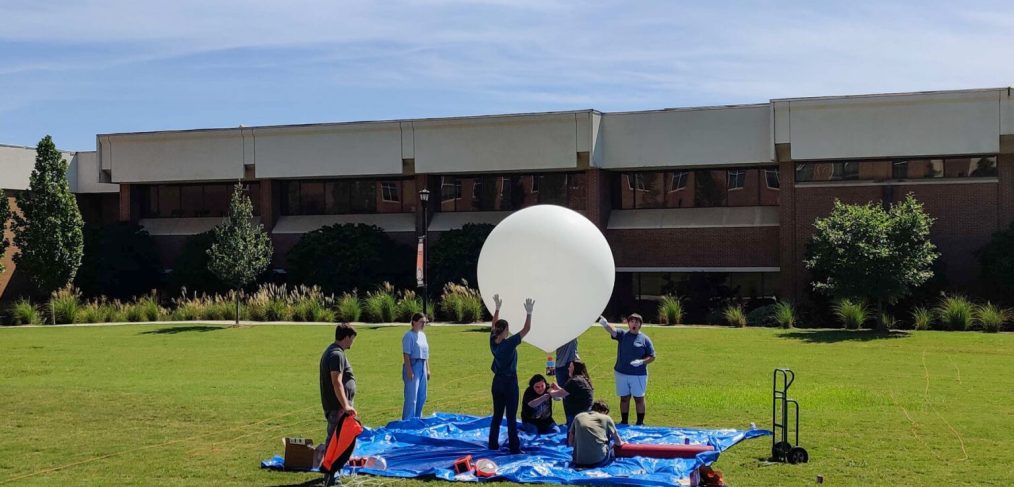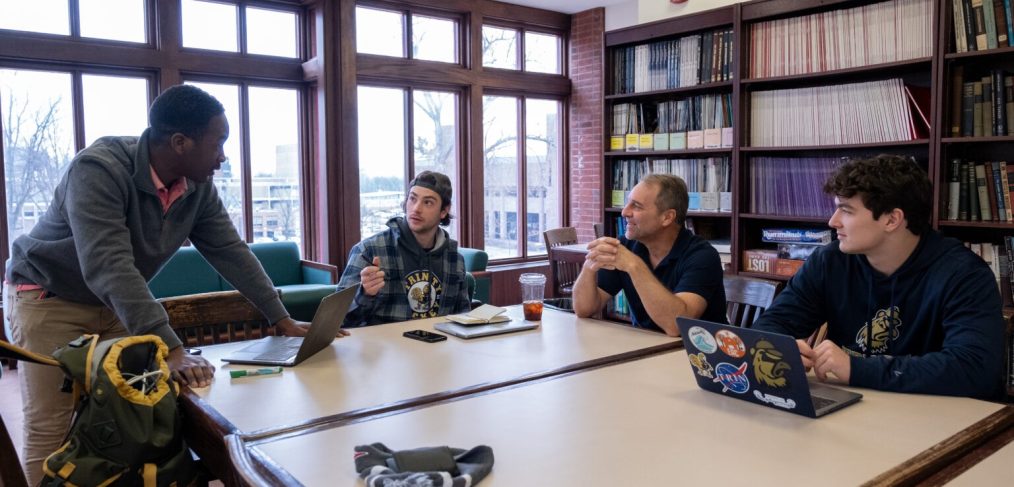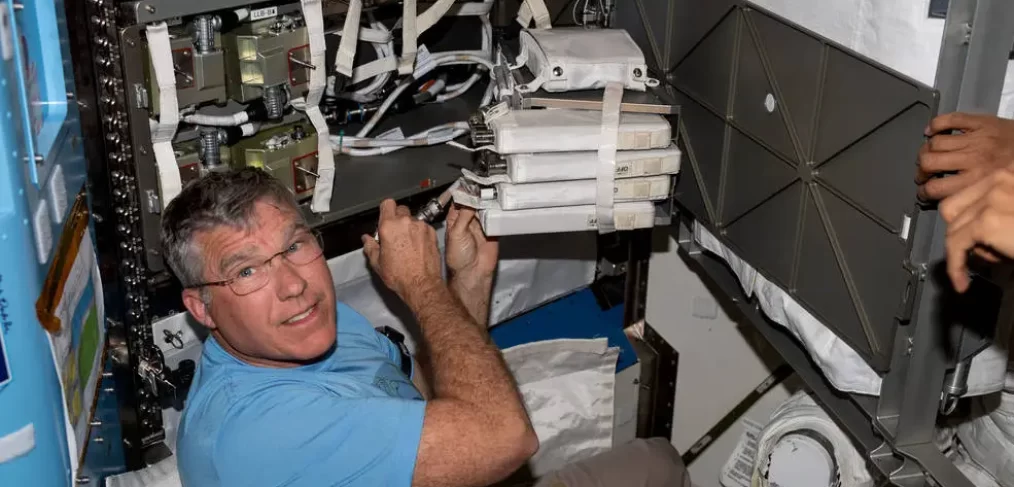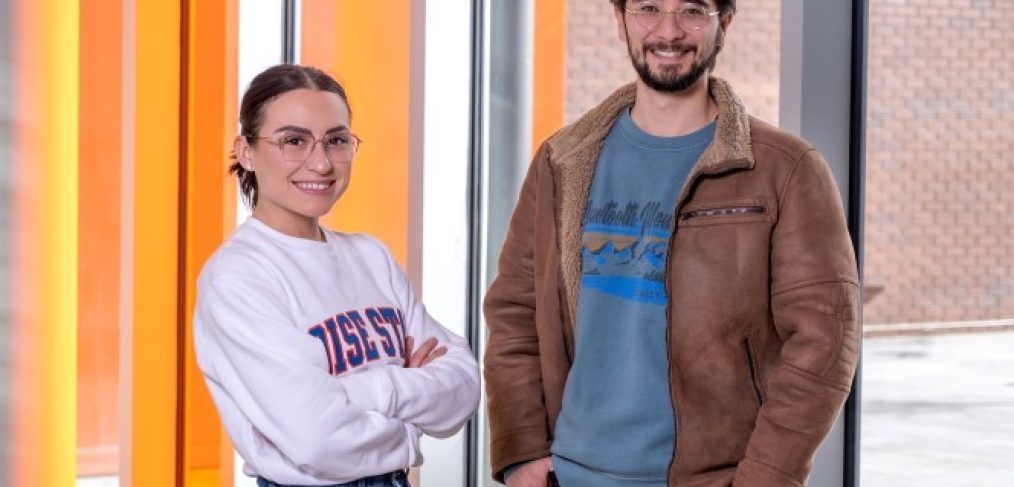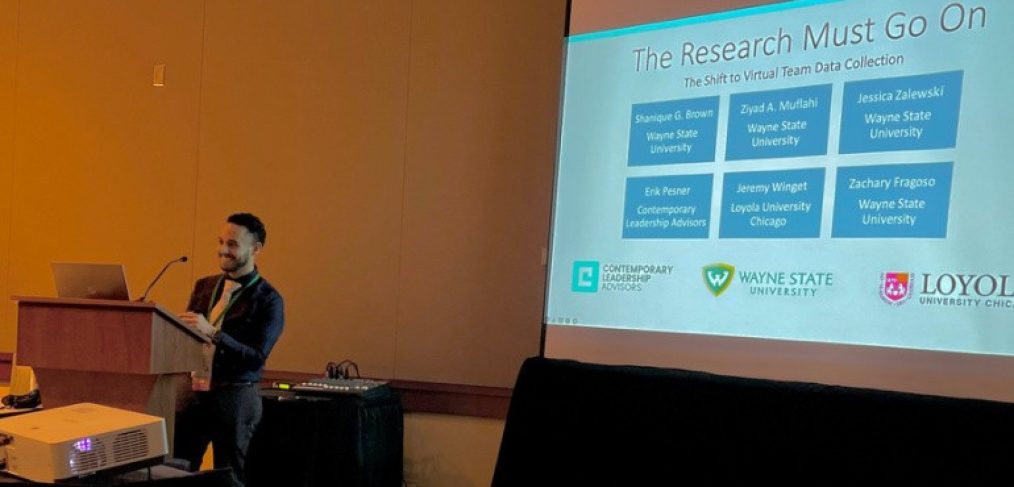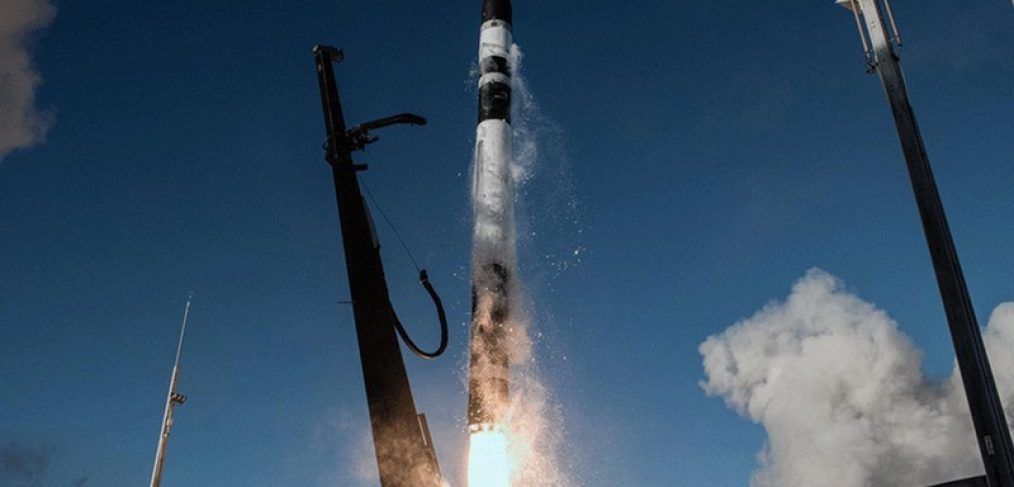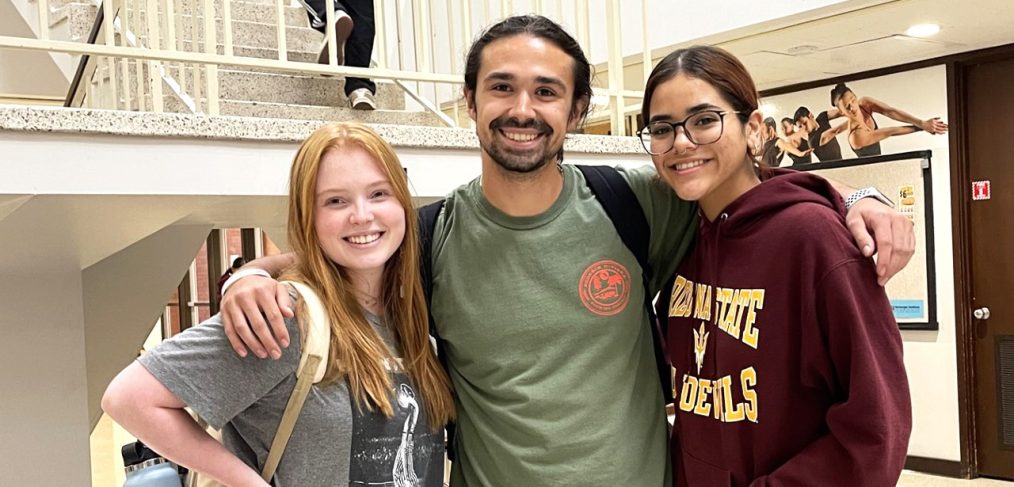A Mercer University team of engineering students will launch a high-altitude balloon into near space during the Oct. 14 annular solar eclipse, as part of a nationwide NASA mission. In an annular solar eclipse, the sun’s outer edges can be seen as a bright ring around the moon.
The team will broadcast on NASA TV live, high-resolution video of the eclipse and collect data that will help scientists measure the eclipse’s disturbance to Earth’s atmosphere, said Dr. Anthony Choi, professor of electrical and computer engineering.
The mission is part of the Nationwide Eclipse Ballooning Project, which includes 75 participating institutions and over 750 students. Mercer is among about 30 teams participating in the engineering track, Dr. Choi said.
Read the full article on the Mercer University website.
Author Credit: Jennifer Falk
Image Credit: Photo courtesy Ashley Tyler


